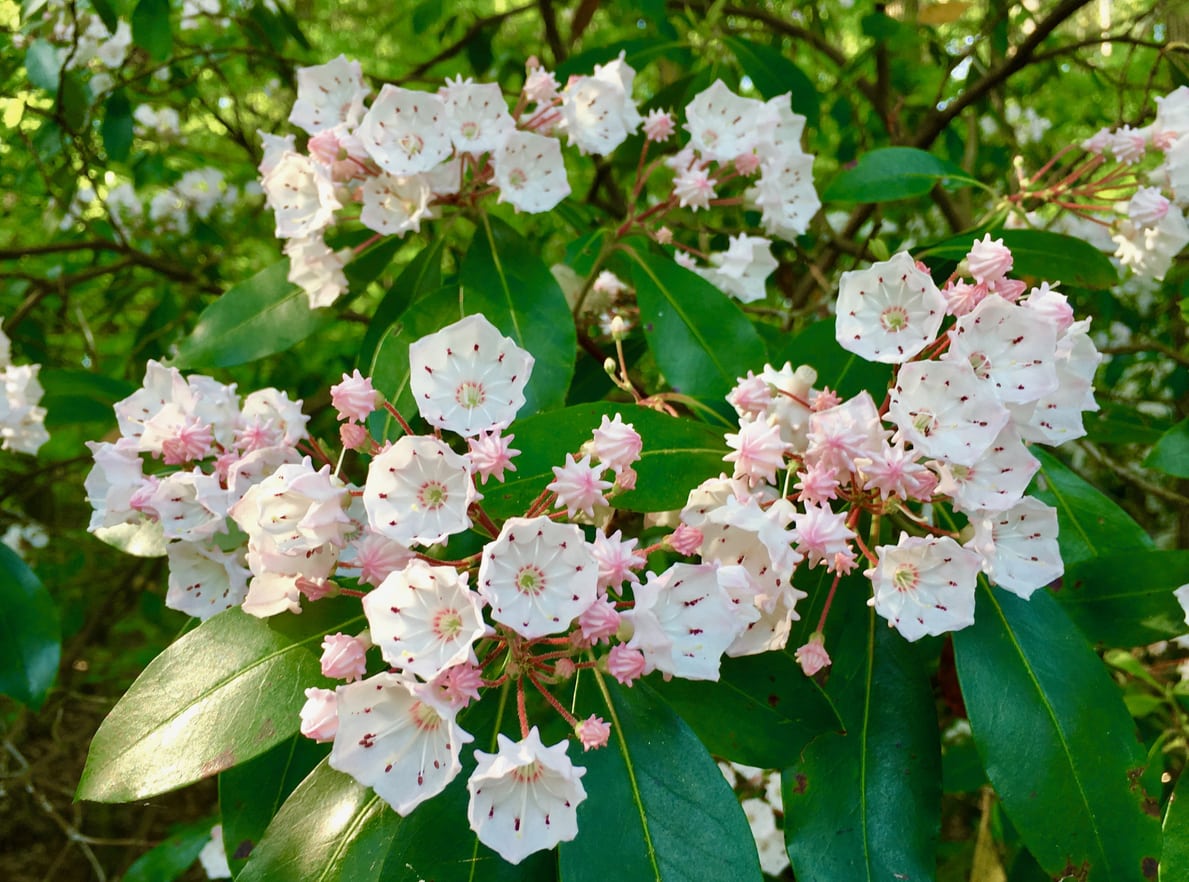Growing New Mountain Laurels: Learn About Mountain Laurel Propagation


Growing new mountain laurels can be done by a couple of accepted methods: by seed and by cuttings. It would be less time consuming to buy a new shrub from your nursery to add additional pretty, flowering mountain laurels, but propagating from plants in your yard is cheaper and more rewarding.
How to Propagate a Mountain Laurel by Seed
Mountain laurel propagation by seed is not too difficult, but it does require time and patience. You will want to collect seeds in the fall to early winter to start them germinating in the winter and spring. After a few months, you’ll have seedlings, but these won’t be ready to go outside until the following spring. The seeds of mountain laurel are small and can be found inside five-chambered capsules that open naturally in the winter. They germinate better if cold treated first, so keep them in soil in pots outdoors for the winter in a sheltered area. Or wrap them in sealed plastic and keep in the refrigerator for about three months. After cold treating, sow the seeds in pots indoors with just a light covering of soil. Mist regularly and keep them warm, at about 74 degrees F. (23 C.). Care for your strongest seedlings indoors for the next several months and plant outdoors after the last frost in spring.
How to Propagate a Mountain Laurel by Cuttings
Propagating mountain laurel shrubs by cuttings requires a little more extra help in the form of rooting hormones. Take cuttings from growth from the current year—about 6 inches (15 cm.) is good enough—and remove leaves at the bottom. Slice the base of your cuttings twice to about 1 inch (2.5 cm.) to promote an even root system. Place the cuttings in warm water until you are ready to plant them. Dip the ends of the cuttings in a rooting hormone—indole butyric acid is a good choice—and then set in pots of soil. Keep the cuttings warm and moist until the roots begin to form. Keep in mind that it can take up to six months for full rooting to occur with mountain laurel. Once the roots are well established, you can plant it outdoors in the spring after the risk of frost has passed.
Sign up for the Gardening Know How newsletter today and receive a free copy of our e-book "How to Grow Delicious Tomatoes".

Mary Ellen Ellis has been gardening for over 20 years. With degrees in Chemistry and Biology, Mary Ellen's specialties are flowers, native plants, and herbs.